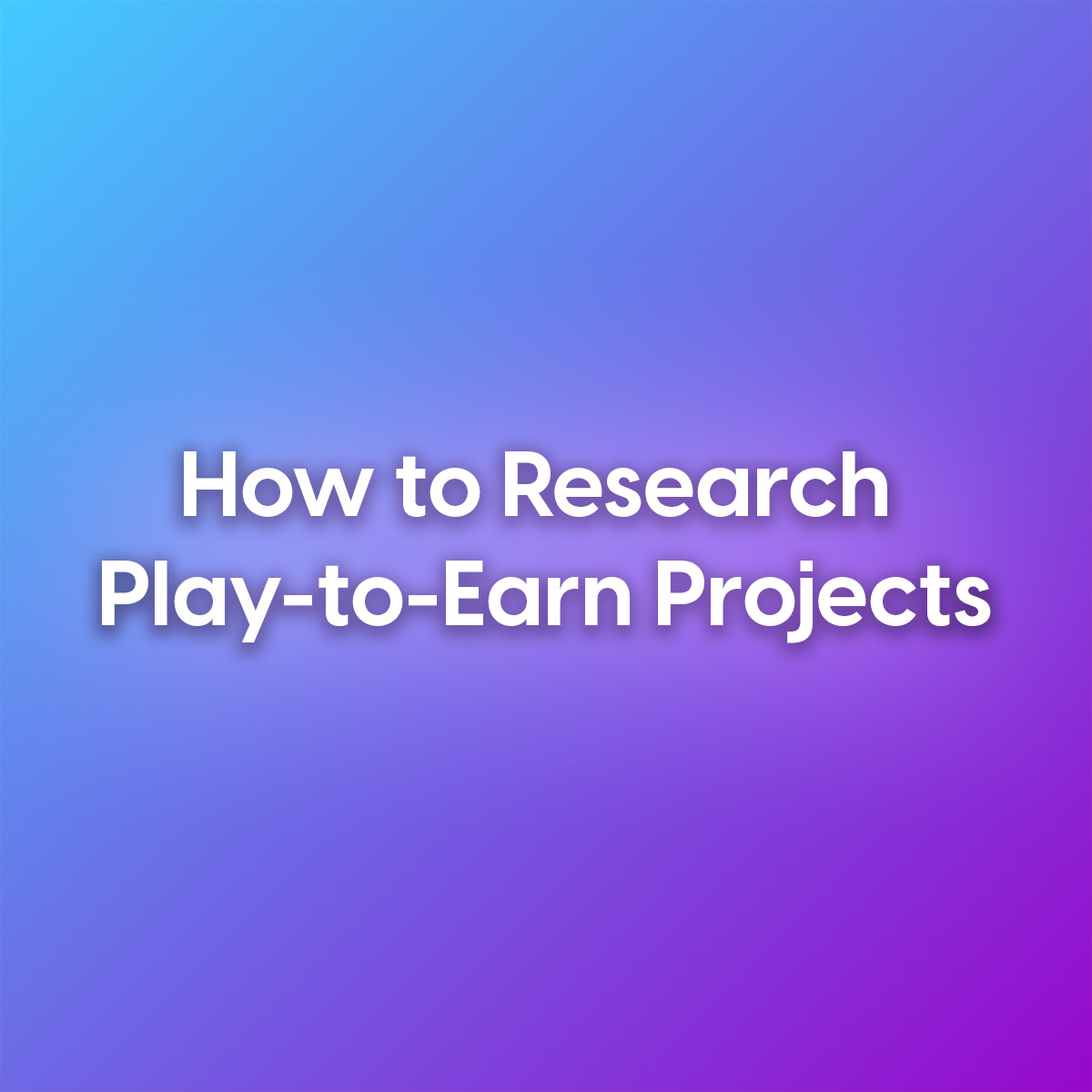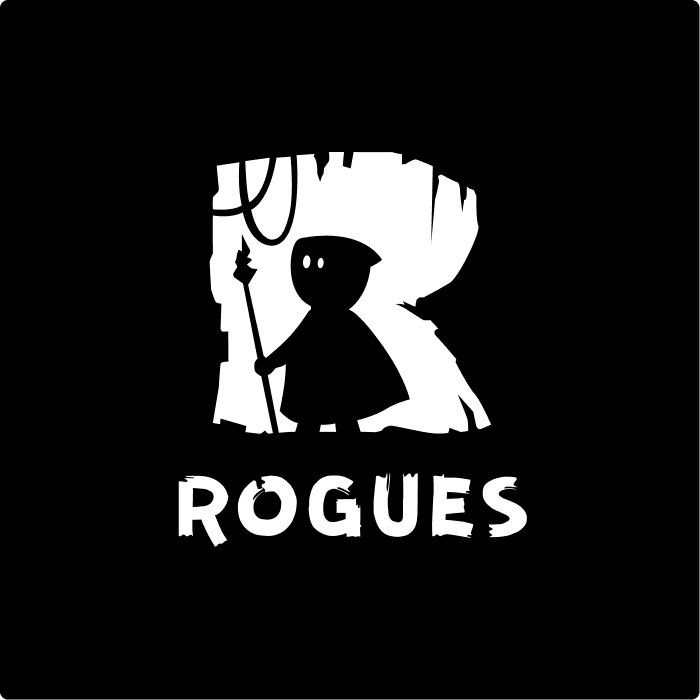Before I start diving into this weeks article, I just have to preface this subject with the well known phrase: “This is not financial advice. Anything I speak of here is purely for educational purposes and anything related to crypto should be considered a volatile asset class for now.”
Now that we’ve got that out of the way, let me tell you some more about the things I take into consideration when researching a new P2E project.
Where to find upcoming projects

There are many places all over the internet where you can find interesting projects to get involved with. The past few weeks, I’ve been expanding my LinkedIn network to the point where my feed is now a great scouting source for upcoming projects that could be interesting. You could also try searching for hashtags, such as #PlayToEarn, #Play2Earn, #Metaverse, or #NFT for example.
Here’s a random example I’ve just encountered when using this method:
As you can see, here we have a Crypto Investor promoting a project he is likely either involved with or invested in.
Other than the other well-known social media platforms (Twitter, Facebook, Reddit, etc…), there are also a bunch of media websites that promote play-to-earn games (Google can help you find them).
Yet, often this more ‘social’ approach can be deceiving, as people sharing the content are usually incentivized to do so.
Another method you can use, which happens to be my preferred method, is to perform your research through a more data driven approach by checking out data aggregator sites like Playearnfi or DappRadar. Here you can analyse the data from different Decentralised Applications (dApps) that run on different blockchains (Ethereum, Polygon, etc…). By playing around with the filters, you can find games in all stages of development, and verify for yourself how much attention they are getting. Here you can find out about Illuvium for example, a game that maybe you have never heard of but that is gaining quite a lot of positive traction in the P2E scene.

I’ve spotted a project, now what?
The first thing I always do, is check out a projects website. There are a couple of key pieces of information that I’ll be looking for, that will help me define whether this is a project that I would want to get involved in. Not in any particular order, but these are some of the questions that I’m trying to answer:
There are many more questions that I ask myself in my research, but these should form a good starting point. Depending on the answers I find, I will dive deeper into the different subjects. The point of asking yourself these questions, is that the answers should be clear, easy to find and make sense to you. If any of these questions lead you to answers that make you second-guess the vision and value of a project, you could attempt to reach out to their community for clarification or consider giving it a pass.
This article would become too long if I went into detail about every subject that I evaluate, so let me instead try to focus on what I consider ‘red flags’. If a project that I’m researching has one of these red flags, it’s most likely a deal breaker for me.
1. The game doesn’t look fun
Everyone has a different definition of fun and personal taste in games can vary, yet you should be able to analyse whether the game they are pitching will attract enough players to validate a project’s existence. To make it easier, my rule of thumb is, ‘if someone is pitching me a game that I myself would not enjoy playing, I do not get involved.’ Especially if the ‘game’ they’re pitching is just a token staking platform (DeFi) with a couple of images to make it ‘gamified’, this is a huge red flag to me. (Check out Police and Thief Game and try to figure out how this can still be considered a ‘game’)

2. The team behind the project is anonymous
This is something I strongly believe in. If people aren’t willing to come out and put their identity and reputation on the line in support of their project, then I too stay away from it.
This is an example of a completely anonymous team that tries their hardest to convince you of their credibility. Don’t fall for it!

3. Vague whitepaper or NFT utility not clear
A whitepaper is the bread and butter document to explain to the public exactly what your idea is. If after reading a whitepaper, I’m unclear about what the gameplay is, how the economy is going to be stabilised or what the point of NFT integration is, then I don’t get involved.
4. The tokenomics don’t make sense
Tokenomics are usually a section in a whitepaper of games that are also releasing their own token. This subject deserves an article by itself, so let me refer you to this video to further explore the necessity of understanding the tokenomics.
5. The ROI isn’t sustainable
For many people, the point of P2E games is to make a profit. Although, in my opinion, games shouldn’t primarily be seen as an investment vehicle, but rather an enjoyment tool, many people getting into P2E are looking to make a return on investment. That’s fine, and P2E games should offer a path towards a positive ROI. But beware, because any game that has a system where you can make excessive profits in a short time frame, cannot possibly have a long-term sustainable economy. These can be great profit machines if you’re early to the party, but they always come crumbling down eventually when the player growth stagnates and supply overshadows demand. The problem with this strategy is that you never know when the top is in, so be careful and secure profits!






